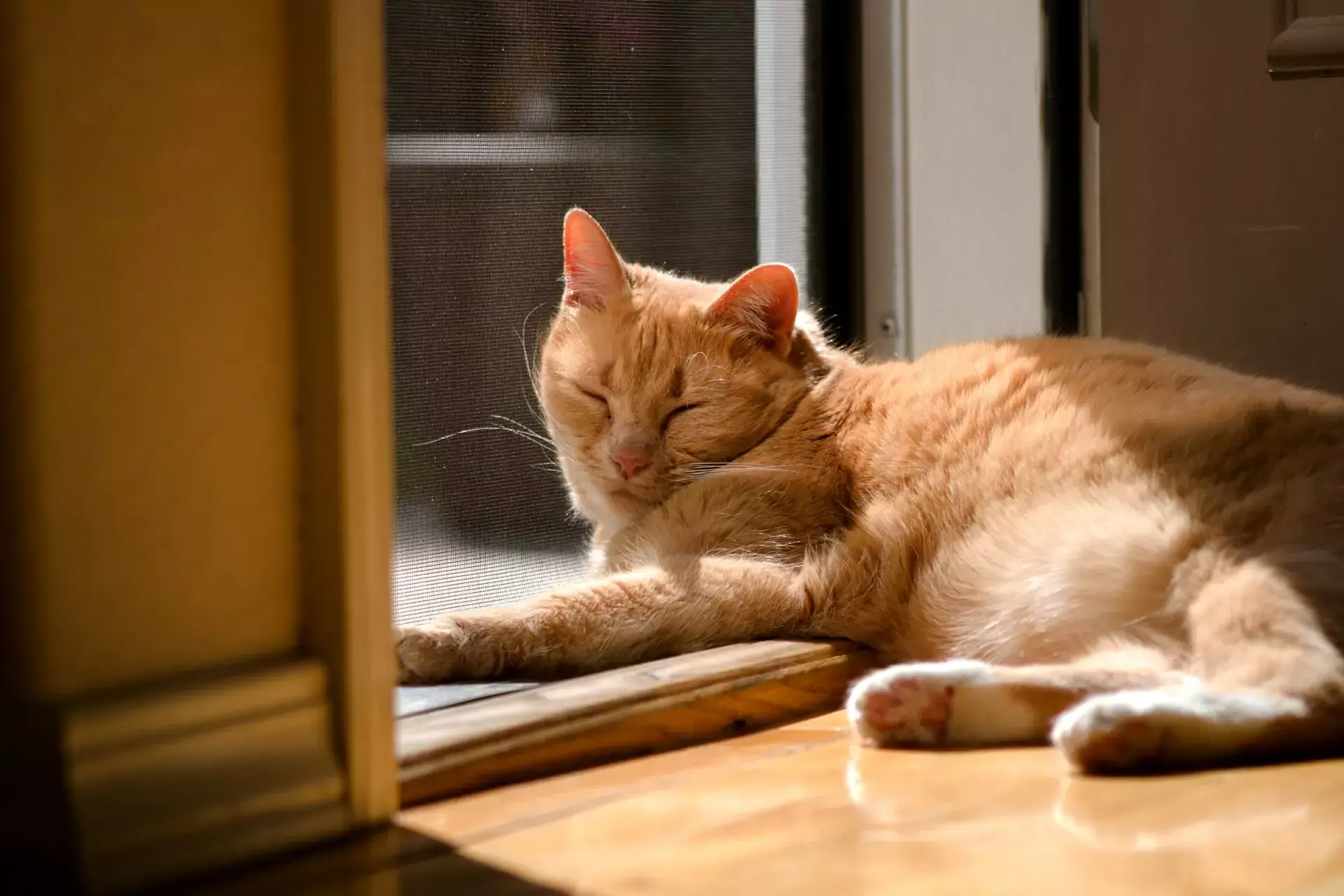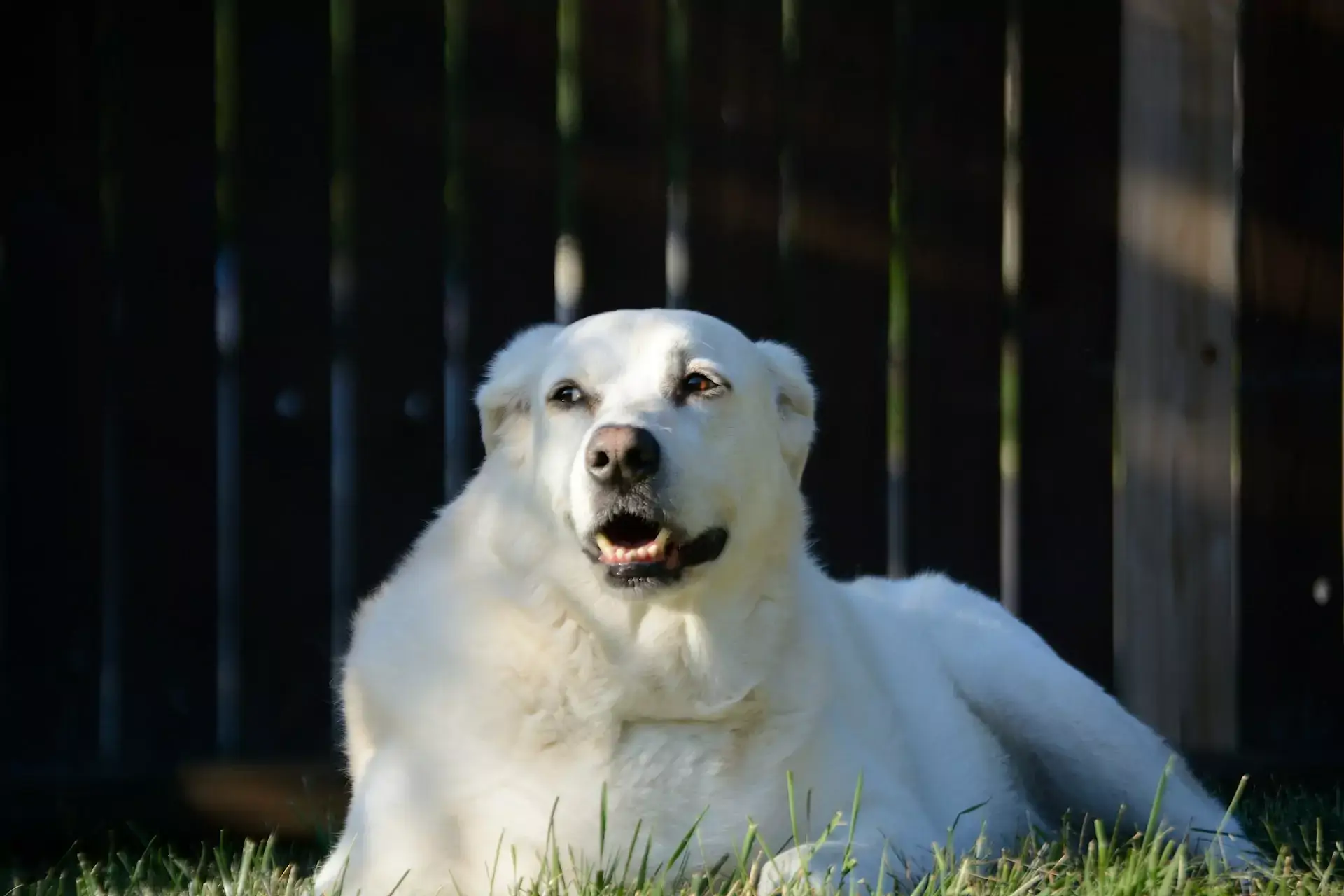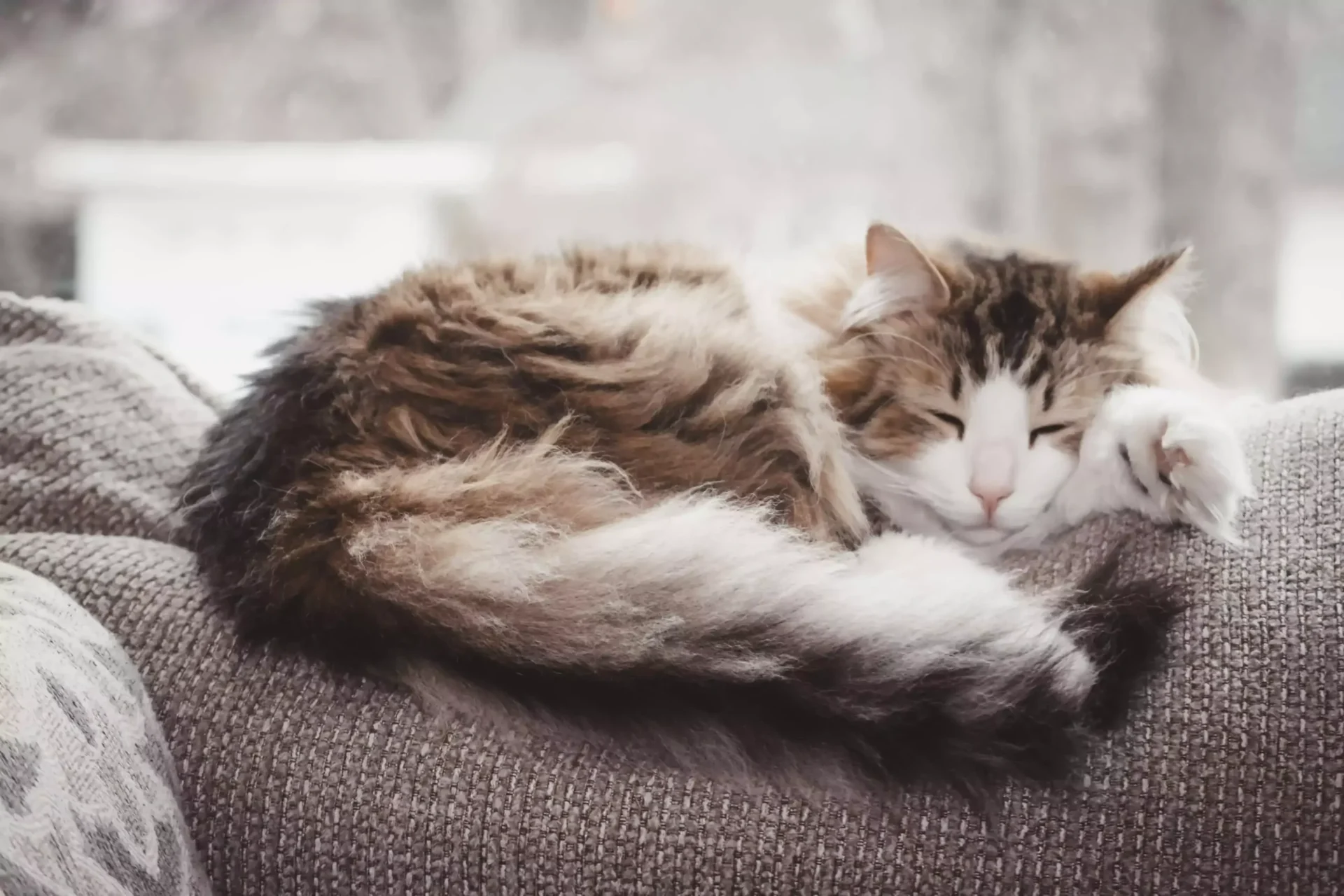Does your cat have lengthy hair? While all cats are adorable, longhaired cats are especially attractive. Fluffy can wear a variety of colors and patterns, but flowing locks seem especially regal –and adorable—on her. There aren’t many disadvantages to having a super cute pet, but you will need to assist your furry buddy with her grooming routine. Continue reading for advice from a local Saginaw, MI vet on how to care for a longhaired cat.
Are Long-Haired Cats Difficult To Care For?
Longhaired cats, for the most part, require the same care as any other felines. Fluffy will require adequate food, a clean litterbox, comfortable shelter, and, of course, proper veterinarian care. That should cover the fundamentals. To start that engine, you’ll need to supply affection, toys, and lap space. (Your feline overlord will also appreciate catnip, sunbeams, and boxes).
The main difference is that Fluffy will require assistance with grooming. Cats, by nature, are extremely clean. Aside from the fact that they are really cute, cuddly, fun, and amusing, this is one of the nicest aspects about having them. Your kitty will take time out of her hectic daily resting schedule to bathe herself and keep her coat in good condition. Longhaired cats may find it difficult, and may have a hard time following that beauty maintenance regimen. That is a lot of fur to keep up with! You’ll need to brush your pet on a regular basis. This will not only make things easier for Fluffy, but also for you, because that cat fur will no longer end up everywhere.
How Should You Groom A Longhaired Cat?
Brushing Fluffy is simple, but you do have to go about it the right way. Wait until your kitty companion is calm and relaxed. (Given that cats spend so much time napping, this won’t take long.) If your cat likes to snooze on your lap, you can wait until she has settled in. Just begin caressing her in the direction of her fur. Next, add the brush.
Grooming is something that many cats appreciate. When you brush her, Fluffy is likely reminded of when she was younger and her mother used to groom her. Cats also do this to each other: bonded kitties frequently groom one another. Horses, primates, and birds do this as well. Don’t be surprised if your pet begins to purr or lick your hand.
Of course, all of our feline friends are unique individuals. Grooming is something that some cats appreciate. Others? Not really. You don’t want to impose your will. If your pet can only handle a few brush strokes at a time, you may need to space them out. You don’t want to try to keep her still. That will just make her less likely to be groomed in the future. It’s also a great way to get scratched.
Aside from that, we would just want to point out that you should try to brush your pet’s complete body, not just her back. Longhaired cats frequently get tangles in their ‘armpits,so your pet may require special assistance there.
How Frequently Should You Groom A Long-Haired Cat?
This is going to vary slightly. Brushing your cat once or twice a week should be sufficient in most circumstances. If your cat is very fluffy, brush her on a daily basis. Older kitties require additional assistance and may require more frequent brushings.
Is It Okay To Bathe My Cat?
You should not have to give your feline buddy any baths. However, if you have a kitten, it’s a good idea to introduce it to the process. That way, if she gets something stuck in her fur, you’ll have an easier job of it.
There are a few restrictions here. The most important thing is to avoid giving your pet too many baths. Doing so would deplete her skin and fur’s natural oils. This could make her appear dry and frizzy. Furthermore, it could irritate her skin.
It’s also critical to use the correct tools and methods. Choose a mild shampoo designed specifically for cats. People-sized ones are too powerful for Fluffy. Also, use lukewarm water rather than hot water. Finally, do not get suds in your cat’s eyes, ears, nose, or mouth. A pitcher can be used for rinsing. Alternatively, you can just clean your cat’s head with a facecloth.
What else should you remember? A matted cat should never be bathed. That will only exacerbate the situation—in this example, the mats.
What Should I Do If My Cat Becomes Matted?
Fluffy cats are prone to mats. They are especially common in older cats. This could be due to a number of factors. For starters, your pet will find it more difficult to bend and stretch as she gets older. Furthermore, older cats’ skin may produce more oil than younger cats’ skin. This can also create matting.
However, mats can occasionally be an indication of a medical problem. If your feline friend is getting a lot of mats, consult your veterinarian.
Gently remove any mats that may have formed on your kitty. You don’t want to pull too much. Cats’ skin is very sensitive and easily torn. Petting your cat and possibly giving her a treat will reassure her.
Begin at the very end of the mat. You might apply a detangling spray on it. obtaining a special mat-removing comb isn’t a bad idea, either.
Extremely rough mats may require shaving. You might be able to get rid of a little one, but large mats would necessitate a visit to your doctor or groomer. When cutting mats, take extreme caution. It’s easy to accidentally cut your feline friend!
Is It Okay To Shave My Cat?
Kitties sometimes need to be shaved. This sometimes happens when cats become too elderly or ill to care after their fur. Chubby cats also have difficulty bending and stretching enough to reach their complete bodies.
This is not something that should be done at home. Consult with your veterinarian or groomer. Fluffy hair may also benefit from just a trim.
Are Long-Haired Cats More Prone To Hairballs?
Hairballs are an undesirable byproduct of one of Fluffy’s better qualities: cleanliness. When washing herself, your tiny diva will undoubtedly swallow part of her own fur. Unfortunately, cats are incapable of digesting their own fur. We don’t need to go into detail about what happens next, except to say that it’s not the best part of owning a cat.
Hairballs are more than simply an unsightly annoyance. They can actually be harmful. Kitties are sometimes unable to eliminate hairballs in the typical manner. If the hairball becomes caught in Fluffy’s gastrointestinal tract, it may result in a blockage, which may be both painful and hazardous.
This is another reason why longhaired cats require grooming. Also, make sure your kitty is getting good food and has access to fresh water at all times. If your pet appears to be having a lot of hairballs, consult your vet.
What Are Some Longhaired Cat Breeds?
There are now 73 cat breeds recognized by the International Cat Association. They’re all adorable to us!
The following are some of the floofers on the list:
- Maine Coon
- Norwegian Forest Cat
- Birman
- Persian
- Himalayan
- Siberian Ragdoll
- Turkish Angora
- Bengalese
- Turkish Van
- British Longhair
Of course, there are plenty of fluffy crossbreed kittens as well as medium-furred cats.
Schedule An Appointment At Our Saginaw, MI Pet Clinic
Have any questions regarding how to care for a longhaired cat? Contact your local Saginaw, MI veterinarian clinic now!



